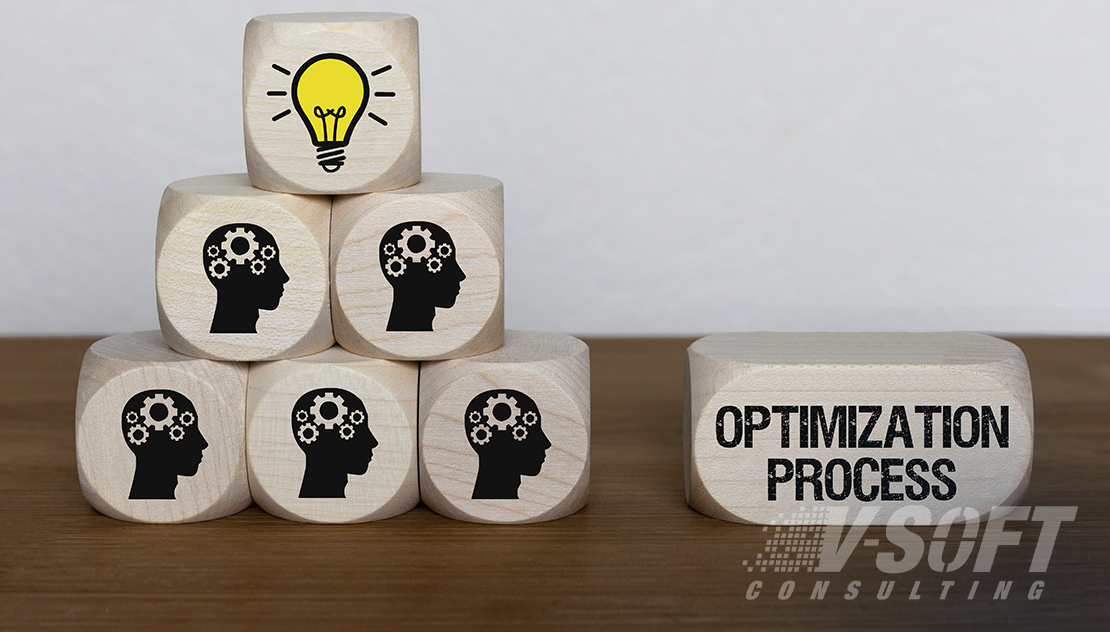Performance management is a vital aspect for every business and many are adopting methods such as speech analytics and call monitoring to enhance customer service. In addition, companies today are integrating workforce optimization to extend assistance to customers, improving their experience.
What is Workforce Optimization?
Workforce optimization (WFO) is a comprehensive strategy to enhance customer satisfaction. The primary goal of WFO is to produce essential data on workforce performance to maximize the customer experience using pre-existing technology at minimum operational costs. It analyzes, manages and optimizes staff in an enterprise.
Workforce optimization can be implemented in a variety of settings and industries and assists with many duties:
- Automates essential processes at call centers
- Complies with legal ordinances
- Resolves staffing issues
- Maintains data visibility
- Combines workforce/quality management, speech analytics, agent training, etc.
- Analyzes multiple departments to find loopholes in existing processes
- Streamlines workflows
Why Call Centers Need Workforce Optimization
Customers can often experience issues at call centers, such as assigned wait times and call dropping. Although customer service experiences have improved in the past several years, some of these issues unfortunately still persist.
To resolve these issues and enhance the customer experience, organizations have taken to integrating call centers with software features like Interactive Voice Response (IVR), Automatic Call Distribution (ACD), and other speech recognition tools. However, when businesses opt for multiple service providers supplying different technologies, too many devices will be integrated into a single system, leading to inorganization, redundancy, and even incompatibility.

Workforce optimization provides a set of integrated tools to address such problems. These tools provide a better picture of the processes and minimize the need to combine different technologies from multiple vendors. Workflow optimization improves customer experience, enables better workflow and operations, and provides better interactions and efficient transactions.
How Workforce Optimization Improves Customer Service
Workforce optimization plays a crucial role in improving customer care services to enhance the customer experience.
1. Analyzes the Quality Communication
Call centers are making efforts to analyze and enhance communication between call center agents and customers. Workforce optimization can analyze the quality of conversation between these two parties, allowing leadership to develop important insights about their customers and their needs to help improve their experience. 2. Finds the Root Cause of Issues
2. Find the Root Cause of Issues
Companies need to address the concerns of their customers, but at the same time, also focus on finding the reasons behind their customers' issues. Workforce optimization assists in analyzing customer activities to figure out the root cause of repeated calls.
3. Improves Performance and Skills of Agents
Call center agents are the representatives of their companies as they are in direct contact with potential customers. With the assistance of workforce optimization, agents can receive the proper training to provide a better customer experience. Training often includes sharing performance insights and related customer metrics.

4. Reduces Customer Wait Time
Implementing workforce optimization brings more management and organization. This can begin at the hiring stage by hiring skilled agents who are suitable for the role. With more apt agents at hand, customer service calls can be performed quicker and more efficiently, reducing wait times for customers and minimizing operational costs for the company.
5. Reduces Personnel Costs
Workforce optimization uses specialized algorithms to find the best suitable option for an organization. It minimizes the non-productive hours of agents and cuts down overtime to utilize their skills in the right way. This reduces personnel costs and lessons agent over time, reflecting improved customer satisfaction.
The Benefits of Workforce Optimization
Workforce optimization has significant advantages, not just for customer service but for the overall organization. Here are some notable benefits:
- Reduces ownership costs and increases ROI
- Provides better integration with the existing applications to streamline performance management
- Minimizes training time and expenses, along with the cost of hardware and software
- Provides statistics of the operational efficiency and areas of improvement
- Improves workforce capacity and employee satisfaction
- Provides better customer service and retention
















